Blueberries are one of the healthiest and tastiest fruits to eat, and they are becoming increasingly popular to grow in home gardens. But how do you decide which type to grow? Read on to find out which kind of blueberry is best suited to your climate and tastes.
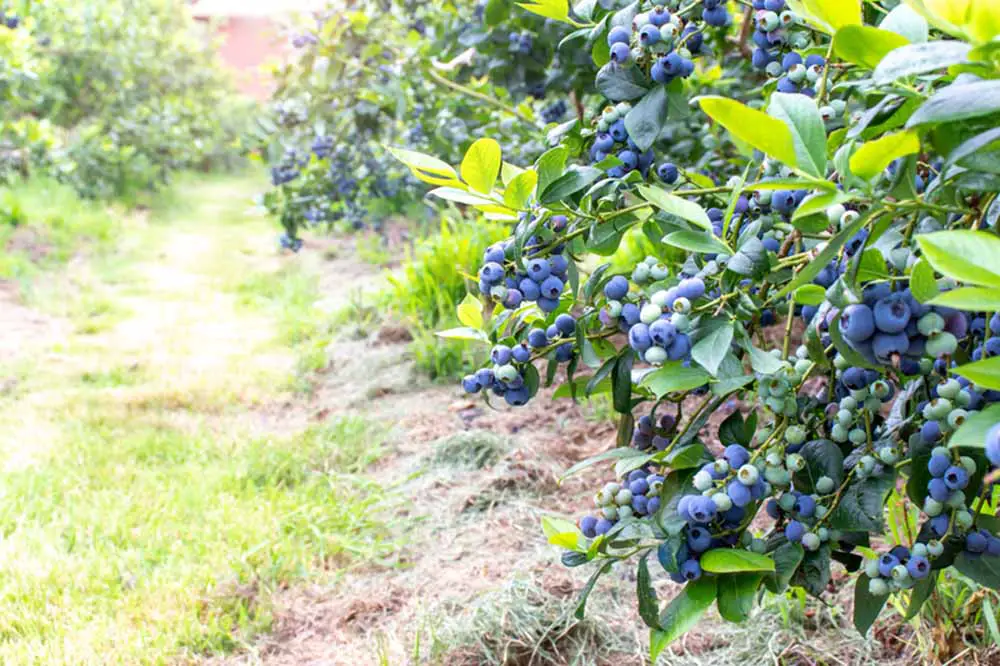
This post may contain affiliate links to products for your convenience. We may receive commissions from purchases made through these links, at no additional cost to you.
Sometimes picking out a new plant is as simple as grabbing one from the local nursery. But with blueberries, it helps to have a little more information about the different kinds you can grow, and which is best suited to your area.
There are hundreds of different cultivars of blueberries, split into several different categories. It can be overwhelming to dig into all the different types in the hopes of picking the right one for your garden. In this post, I’ll discuss the different types of blueberries, their characteristics, climate needs, and the best varieties to grow.
A Bit of Blueberry History
Blueberries are a part of the Ericacea family, which includes other acidic-soil-loving plants such as azaleas, rhododendrons, cranberries, huckleberries, lingonberries, and heather. They have only been commercially cultivated since the early 1900s, when a New Jersey cranberry farmer’s daughter connected with a famous botanist to discover how the tasty native berries might be farmed successfully (source).
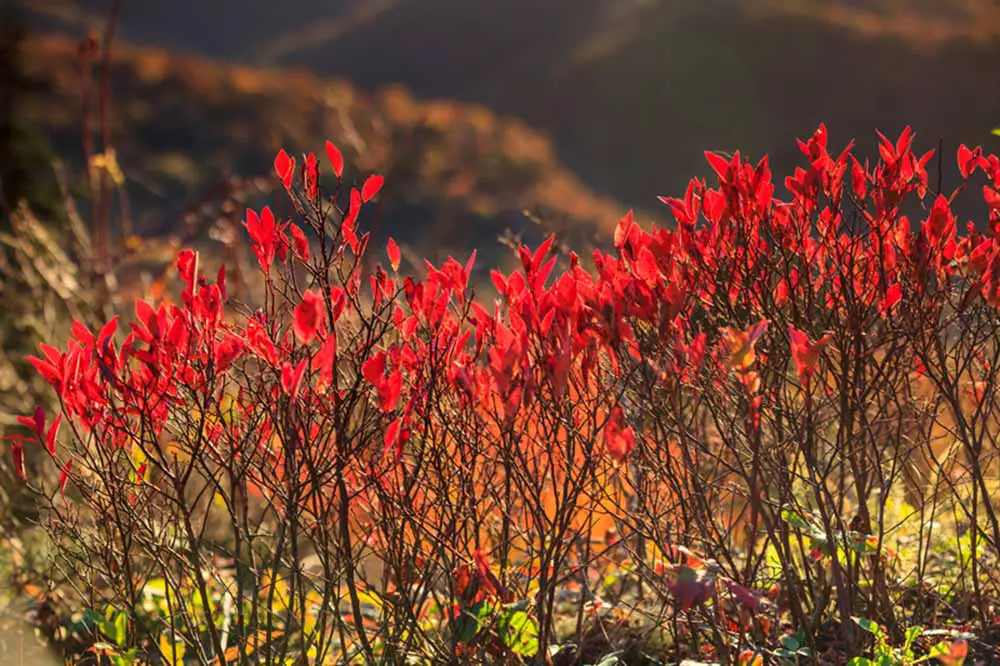
But blueberries have been around a lot longer than that. They are one of a few fruits native to North America. All parts of the plant were gathered and used by the Native Americans, both food and medicine.
Of the five main types of blueberries commonly grown, three are considered native plants: lowbush, northern highbush, and rabbiteye. These blueberries were first found in the wild, then the best plants were selected to develop for cultivation.
The other two types, southern highbush and halfbush, are hybrids of multiple blueberry species. They have been bred to have the best characteristics of their parent plants (such as bigger size, more prolific fruiting, or different cold tolerance).
You may be able to grow more than one type of blueberry. The advantage of picking several cultivars is that the harvest can spread from June to September. Most non-wild blueberries are self pollinating, but they will pretty much always fruit better if they are cross-pollinated with another variety.

Curious about any garden-related terms? Click on a highlighted word in the text, or visit The Fruit Grove Glossary to find out more.
Choosing a Blueberry Variety
The best way to decide which type of blueberry is best for your garden is by talking to an expert. Visit your local garden center (not a big box store, but a local nursery) and see what kinds of blueberry plants they stock. Chances are, they will only sell the varieties that will grow well in your area.
You can also contact your local extension office. They will be able to answer specific questions about what types of blueberries grow in your climate, which ones are best for cross pollination, and which varieties can withstand local disease and pest pressures.
If you order plants online, choose a trusted nursery that has a good reputation for high-quality plants. Check their return policy – many online nurseries have a plant survival guarantee for a certain amount of time and will refund money or store credit if the plant doesn’t make it. I buy many of my fruiting plants from Nature Hills Nursery (one of my favorite online sources for plants) or my local garden center.
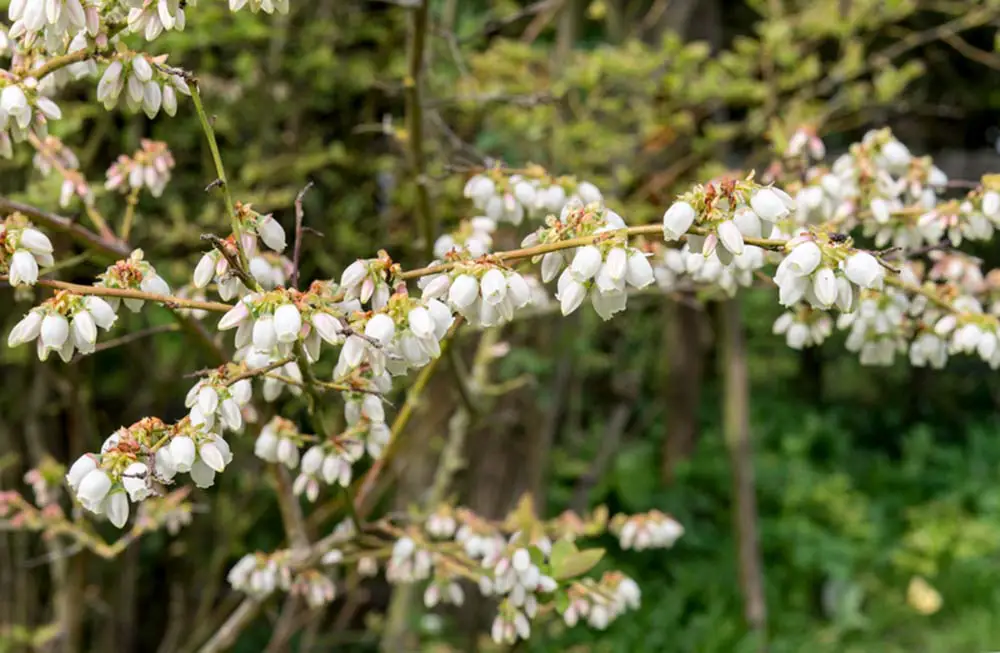
Double check whether the varieties you are considering will be blooming at the same time, which is essential for cross pollination. Most online nurseries will give suggestions of other blueberry cultivars that work as cross-pollinators.
Because the different types of blueberries originated in different locations and climates, each type is best suited to particular growing conditions. It’s especially important to pay attention to the type of blueberry when you order plants online, or you may end up with a plant that dies the first winter, or never fruits. Let’s look at the details of each kind of blueberry, including the best cultivars in each category.
Northern Highbush
Northern highbush blueberries (Vaccinium corymbosum) are native to Canada and the northeastern United States. They are the first blueberry varieties bred for cultivation, and there are many tried-and-true cultivars to choose from.
Northern highbush blueberry bushes grow to a moderate size – bigger than lowbush, but not as big as rabbiteye. The berries are medium to large and generally have good flavor for eating fresh or cooking.
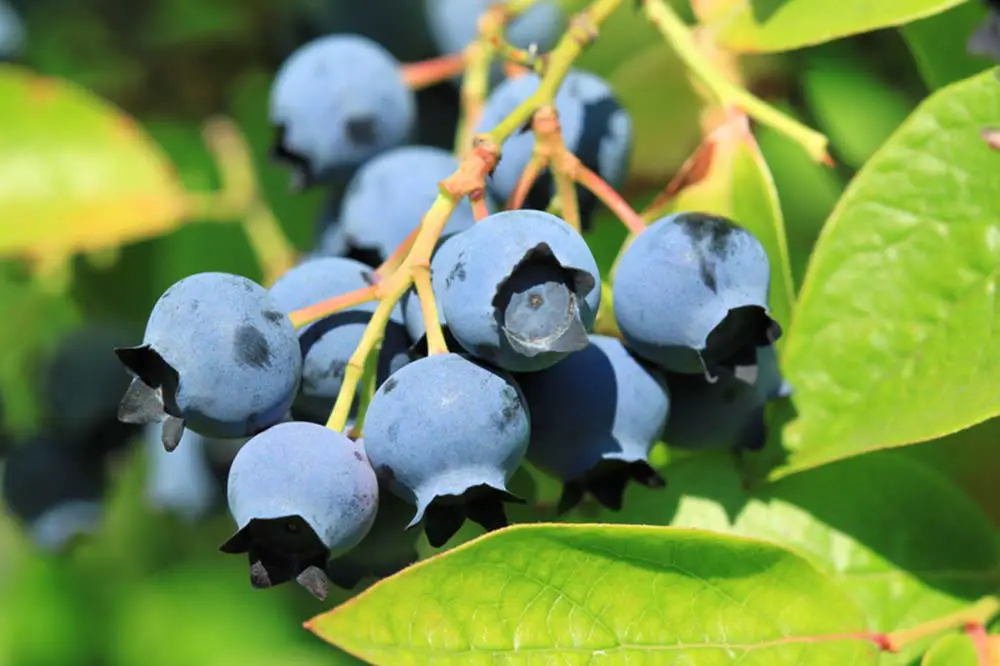
They have a high chilling requirement (800 – 1500 hours of winter chill time), and they are very cold tolerant. Most northern highbush varieties are self-pollinating, but they will produce more, higher quality fruit with a pollination partner.
Northern Highbush Blueberries At a Glance
- Size: 4 – 8 feet tall
- Suggested Growing Zones: 4 – 8
- Chill hours: 800 – 1500
- Fruit: ranging from medium to large; good for fresh eating or cooking
- Best Suited for: climates with long, cold winters, high chill hours; cross pollination recommended
Varieties to Try:
- Early season (ripens June – early July): ‘Patriot‘, ‘Duke‘, ‘Spartan‘
- Mid season (ripens late July – August): ‘Liberty‘, ‘Chandler‘, ‘Bluecrop‘, ‘Rubel’
- Late season (ripens August – September): ‘Darrow‘
Rabbiteye
The native range for rabbiteye blueberries is the southeastern United States, from North Carolina south to Florida, and as far west as Texas. These plants were selected from wild varieties and then bred for their positive traits in plant trials since the 1940s.
Rabbiteye blueberry bushes grow much larger than highbush, as much as 15 feet tall and almost as wide. They are heat- and (somewhat) drought-tolerant and resistant to much of the disease and pest pressures of hot, humid climates. They also have a lower chilling requirement, but they are still somewhat tolerant of cold temperatures (down to 10°F) as long as the cold isn’t too prolonged.
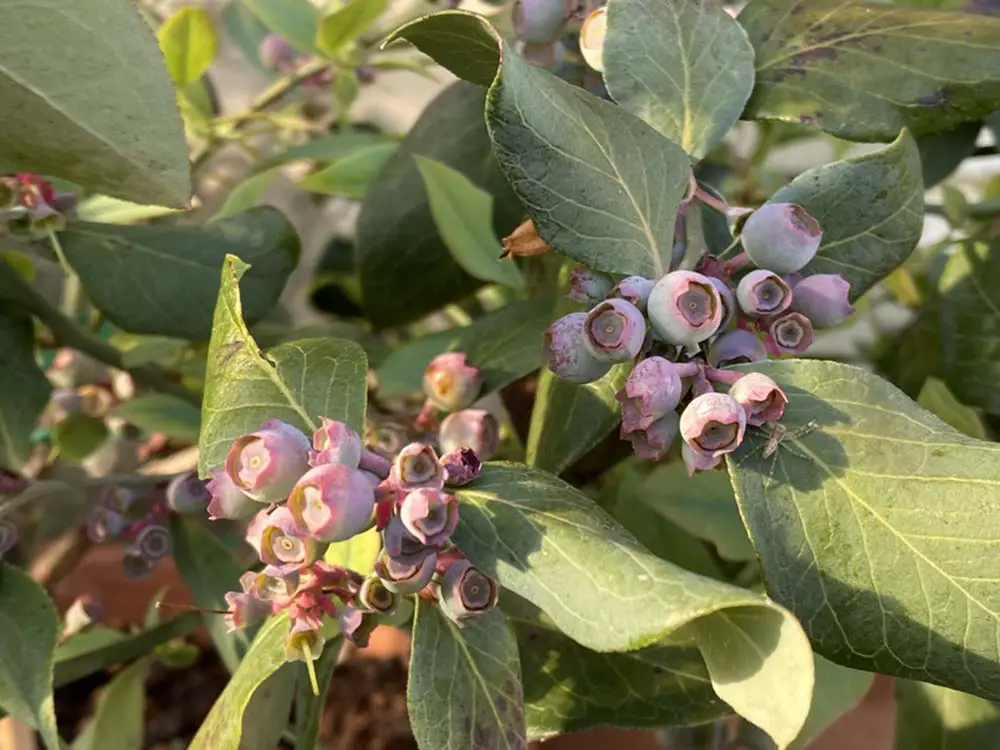
Even though they need fewer chill hours, rabbiteye blueberries bloom relatively late in the spring, which provides some protection from late frost damage. The berries are large, flavorful, sweet, and very prolific. Most varieties do need cross-pollination, however.
On a side note, I live in East Texas in zone 8b, so I grow only rabbiteye blueberries. My area gets too cold for most Southern highbush (see below), but not quite enough chill time for northern highbush.
Rabbiteye Blueberries At a Glance
- Size: 8 – 15 feet tall
- Suggested Growing Zones: 7 – 10
- Chill hours: 350 – 700
- Fruit: large, sweet berries that ripen individually; thicker skin, firm texture (good for storing, cooking, eating fresh)
- Best Suited for: hot, humid areas with moderate to low winter chill hours; good disease resistance; cross pollination required
Varieties to Try:
- Early season (ripens May – early June): ‘Premier‘, ‘Climax‘
- Mid season (ripens in June): ‘Austin’, ‘Brightwell‘
- Late season (ripens late June – July): ‘Tifblue‘, ‘Powder Blue‘, ‘Pink Lemonade‘ (rabbiteye x highbush hybrid)
Lowbush (Wild)
Lowbush blueberries are often known as “wild” blueberries (although there are many types of wild blueberries). If you buy a bag of frozen wild blueberries in the grocery store, chances are it’s a lowbush variety.
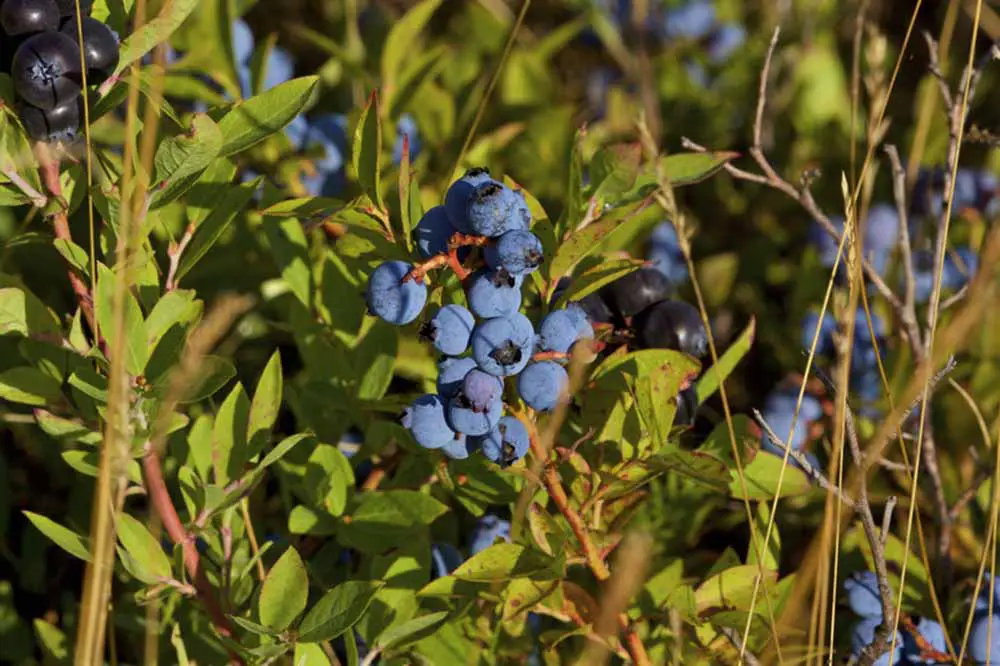
Lowbush blueberries are native to central and eastern Canada and the northeastern United States. They are, true to their name, very low-growing and shrubby. The berries are generally small and sweet and are most commonly used in jams, preserves, and baked goods.
Lowbush Blueberries At a Glance
- Size: 6 inches – 2 feet tall
- Suggested Growing Zones: 2 – 7
- Chill hours: 800 – 1000+
- Fruit: small, sweet, good for cooking and preserving
- Best Suited for: Cold climates with high chill hours
Varieties to Try:
- Early season (ripens late June – early July): ‘Northblue‘
- Mid season (ripens July – early August): ‘Friendship’, ‘Brunswick‘
- Late season (ripens August – early September): ‘Burgundy‘
Southern Highbush
Southern highbush blueberries are a hybrid between Northern highbush (V. corymbosum) and various native Southern blueberry varieties. These plants combine the flavor and reliability of the Northern highbush varieties, with the low chill needs of Southern varieties.
A lower chill requirement and high heat tolerance make Southern highbush blueberries perfect for growing in hot climates. They bloom early in the spring, so they can be prone to damage from spring frosts. They also tend to have a shorter lifespan than rabbiteye varieties.
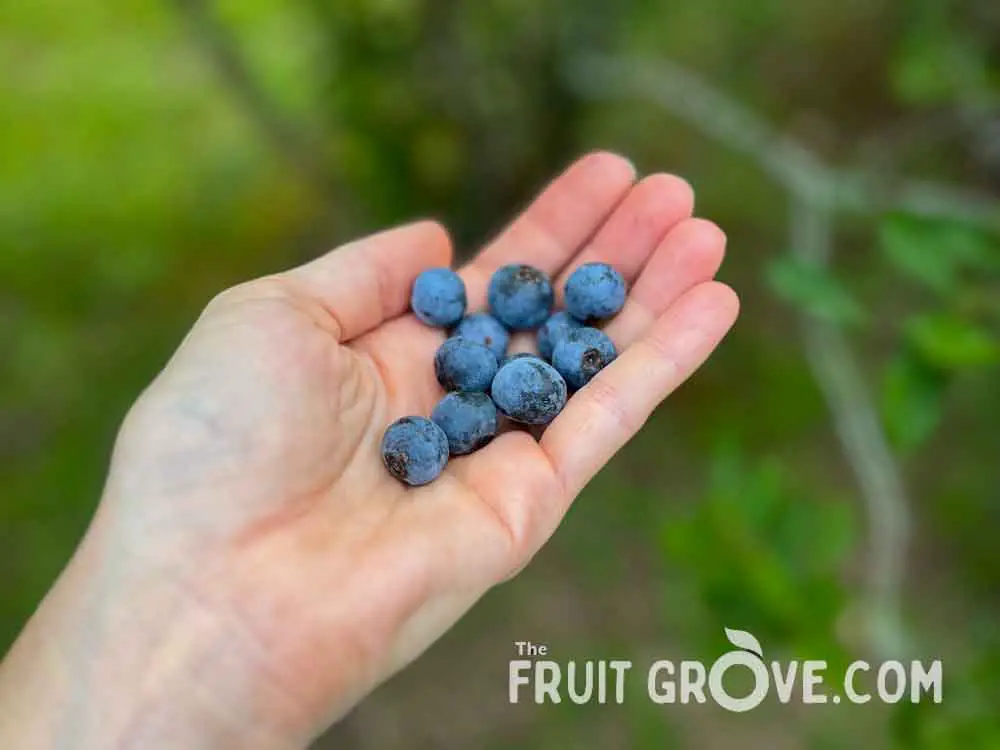
A note of caution – when choosing blueberry varieties, beware of buying plants at big box stores. Often, big retailers won’t differentiate between Southern and Northern highbush blueberries, which have very different climate requirements!
Southern Highbush Blueberries At a Glance
- Size: 5 – 8 feet
- Suggested Growing Zones: 8 – 10
- Chill hours: 150 – 500
- Fruit: firm, medium to large, flavorful
- Best Suited for: hot climates with mild winters and little frost
Varieties to Try:
- Early season: ‘Emerald’, ‘Georgia Dawn’
- Mid season: ‘Farthing’, ‘Suziblue’
- Late season: ‘Camellia’, ‘Sunshine Blue‘
Halfbush (Half-High)
Halfbush, or half-high blueberries, are another hybrid type. They combine the productivity and desirability of Northern highbush with the cold tolerance and smaller size of lowbush. Because of their small stature, these varieties are great for growing in containers or tight spaces.
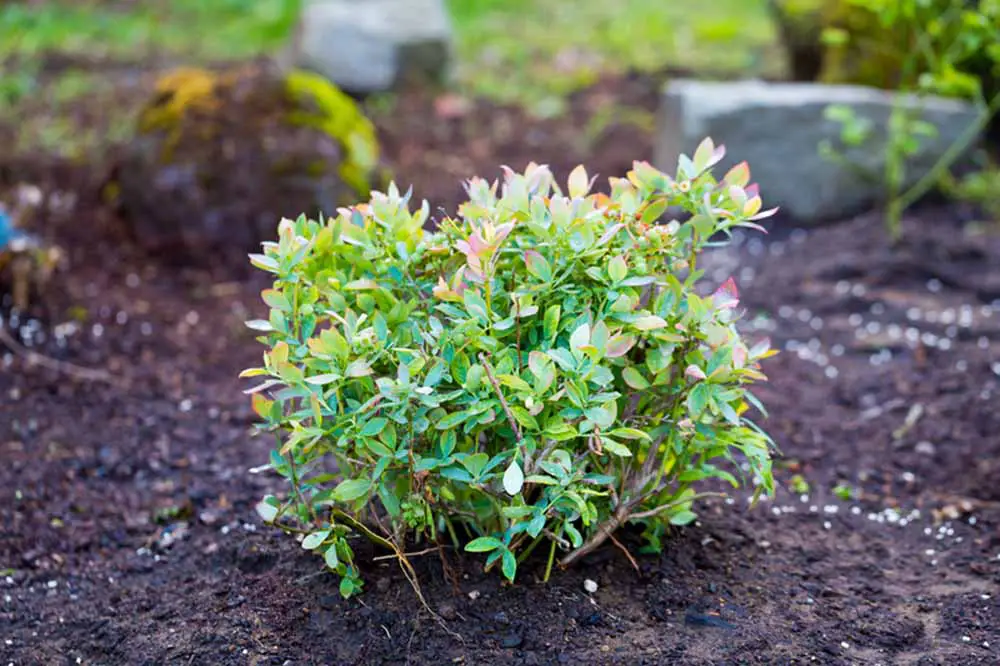
Halfbush blueberries have a smaller yield and smaller berry size than Northern highbush. They are very cold hardy, and they do need cross pollination for best results.
Halfbush Blueberries At a Glance
- Size: 2 – 4 feet
- Suggested Growing Zones: 3 – 7
- Chill hours: 800 – 1000+
- Fruit: medium to large, firm, sweet
- Best Suited for: cold climates with long winters, small spaces and containers
Varieties to Try:
Other Hybrid and Ornamental Blueberry Varieties
There are other types of hybrids that defy classification. For example, there are some Northern/Southern Highbush hybrids such as ‘Sweetheart’ and ‘Legacy’, which are more cold tolerant than Southern Highbush, but less so than Northern. ‘Pink Lemonade’ is a popular pink blueberry variety that is a cross between rabbiteye and Northern highbush (in some places this is classified as a Southern highbush variety).
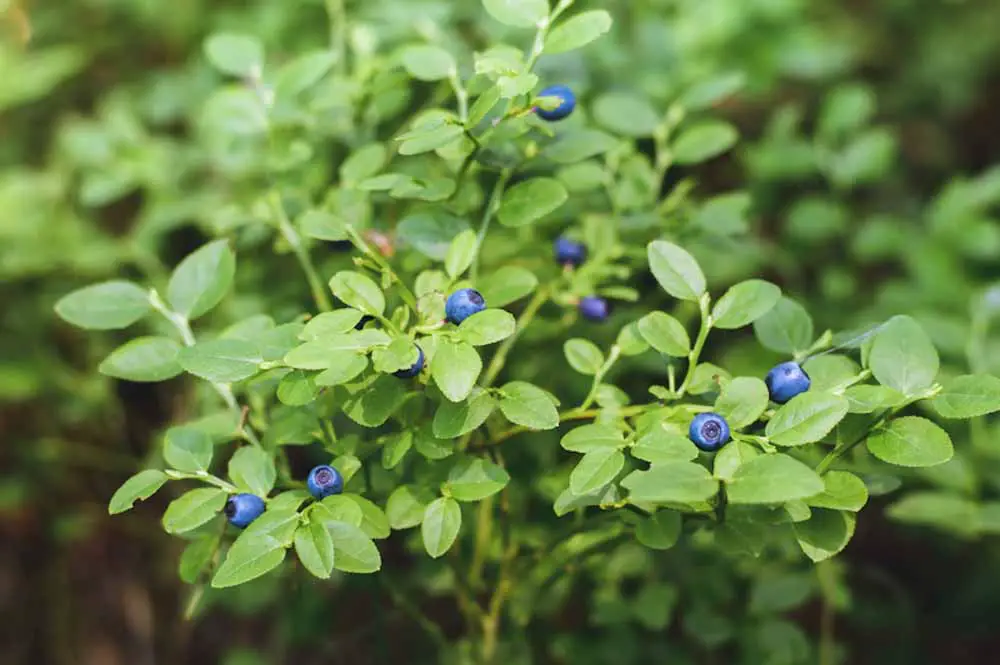
And, finally, there are blueberry varieties that are mostly grown for their ornamental qualities. The berries may still technically be edible, but are perhaps best left for the birds. Blueberry bushes are beautiful year-round, with foliage that changes color from bright chartreuse, to deep green, to reddish-burgundy in fall. The berry clusters themselves shift from pale green to pinkish white to powder blue, and sometimes all the way to indigo.
Varieties to Try:
- ‘Peach Sorbet‘
- ‘Jelly Bean‘
- ‘Perpetua‘
- ‘Sky Dew’
